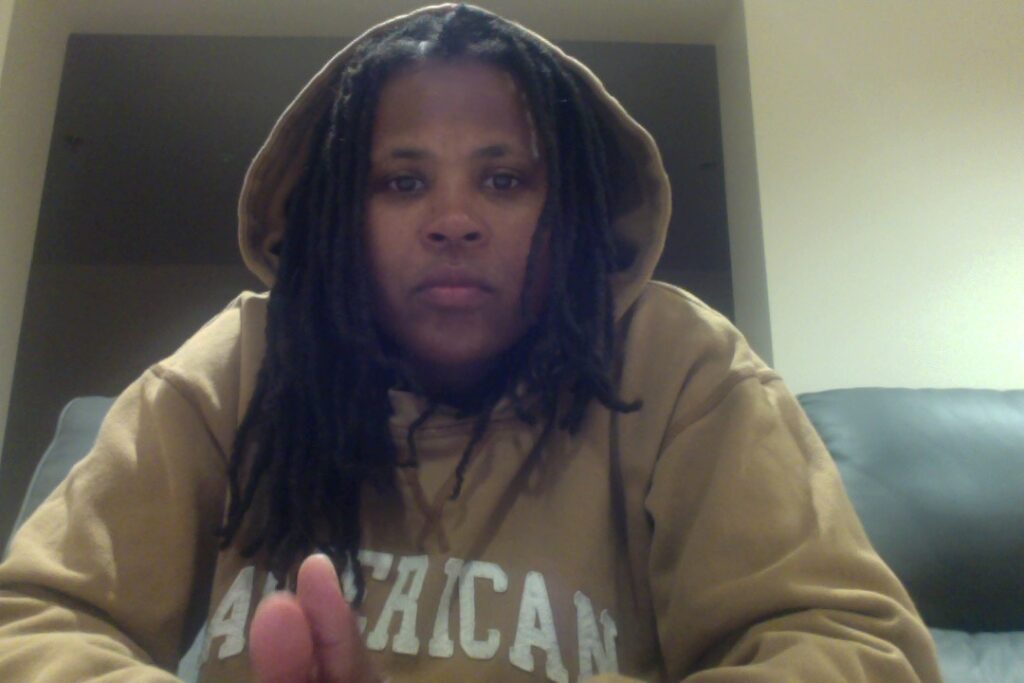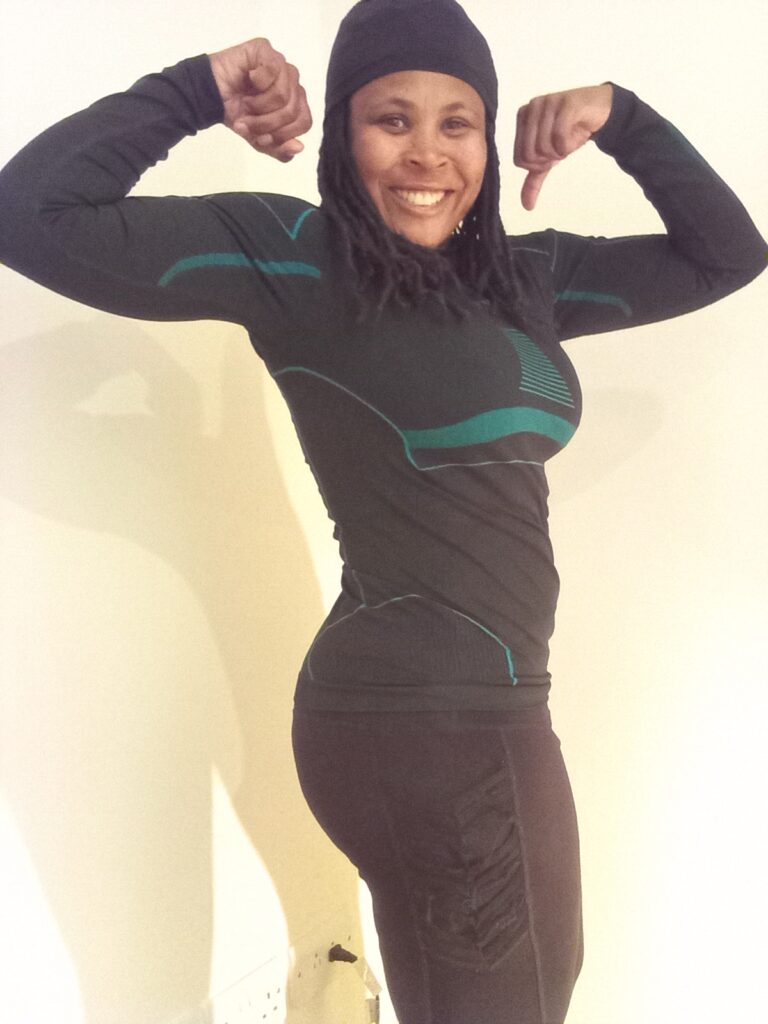Volunteer Sperm Donor Feed.
\][/
\]|[/
felt like eyes were raped for experiences..
..eat this, crap that out.. .type of days.
… speculative.. deposits or no?
\][/
`

_
Some days are harder than others..
Like, emotionally, rough when you see the perspective… No matter what you seem to do, its always a battle of not having enough money or someone getting sick, etc.. and hearing about that.. over and over because theres nothing you can do to assist.
And sometimes you cant even relate to some of the perspectives from the podcast thats meant to be motivating… Like explain, what thats like, when you have to live in movie, or digital tv moment.. and have to wait to the moment to pass to get over. it.. or When you surround your surroundings with songs from friends.. to keep in good mindset.
Its all good though in the flesh , cause im not mutant, in blood and dont have to laugh chemically lol.
But foreal, perspectives…
-,”

Some days the stomach is bigger than other days.. I can detox every week … but would always wonder where my organs are supposed to go if i wore a waist trainer..
But seriously..
and my legs, if i im not working out.. get soft like pillows..
when im working out alot..
No one needs a massage more than the person that goes to the gym everyday and really puts in the work..
like for real, muscles always on hard lol
Its a perfect time to get a gym buddy…
Someone to make you work out harder because youre there with them..
Dont you love when youre an advertising campaign event? like every post fuel 30 different marketing campaigns for companies you know nothing about..
,`,`,`'”‘
As of late, been looking at alot of NASA Stuff…
When i was young, I thought astronomy was cool..
It’s intriguing now, as far as how much technology has made its way into space
‘~`”`~’
Morning was like, no cloud and sight… So much I sat on empty stomach and sun gazed… for the rising shine…
ate some grapes, dazed a little… as the clouds came, took care of necessaries…
and after the complete 100% overcast.. i shaved my underarms..
the rest is work out..
and focus on “the achievables for grown ups”…
()():()()
What did you do with your extra hour?
The end of daylight saving time is an annual ritual that subtly disrupts our collective schedules, offering what feels like a temporal windfall—an extra hour. In the context of modern business life, where time is often viewed as a scarce economic resource, this additional hour presents more than an incidental benefit; it becomes a case study in how individuals and organizations can cultivate balance, reflection, and strategic renewal. For professionals navigating the intersection of relentless productivity and personal well-being, this moment offers both a practical and philosophical opportunity to reframe our relationship with time.
In the business world, time is typically quantified in deliverables, billable hours, and measurable outputs. Yet, this mechanistic view of time often leads to diminishing returns: as work hours expand, cognitive efficiency and creativity decline. Using the extra hour from daylight saving time to rest or engage in personal renewal is not an indulgence but an investment—one that aligns with research on productivity and leadership effectiveness. Studies in organizational behavior consistently show that well-rested professionals demonstrate improved decision-making, emotional intelligence, and strategic foresight. Therefore, dedicating this reclaimed hour to restorative activities such as sleep, mindfulness, or exercise embodies a principle increasingly recognized in executive leadership: sustainable performance requires sustainable energy.
Beyond rest, the extra hour offers an opportunity for reflection—a critical, yet often neglected, component of business strategy. In fast-paced corporate environments, leaders rarely take time to pause and assess how effectively their time aligns with their values and long-term objectives. This additional hour could be used to conduct a personal “audit of intention”: reviewing one’s priorities, recalibrating goals, or envisioning professional development paths that enhance both productivity and fulfillment. In essence, it is an opportunity to practice what management theorist Peter Drucker called “self-management”—the art of aligning one’s time with what truly creates value.
Moreover, this moment serves as a reminder that balance is not the opposite of ambition, but its foundation. Using the hour to reconnect with family, friends, or personal interests strengthens the emotional and relational capital that underpins effective leadership. In an economy increasingly defined by burnout and digital overload, consciously allocating time to nurture personal relationships and mental well-being represents a strategic advantage. Leaders who model this balance foster healthier workplace cultures—ones that prioritize sustainable performance over short-term output.
In conclusion, the extra hour we gain from daylight saving time symbolizes far more than a clock adjustment—it represents an opportunity to rethink our temporal economics. For business professionals, how we use that hour reveals how we define success: not as the endless accumulation of work, but as the disciplined pursuit of purpose, balance, and clarity. By investing this hour intentionally—through rest, reflection, and reconnection—we demonstrate that effective leadership begins with the mindful stewardship of time.